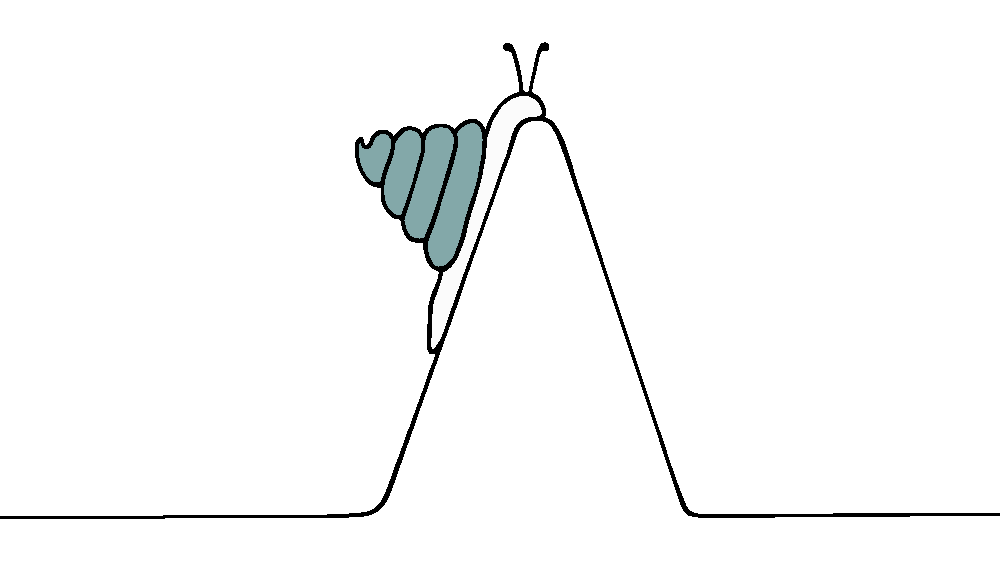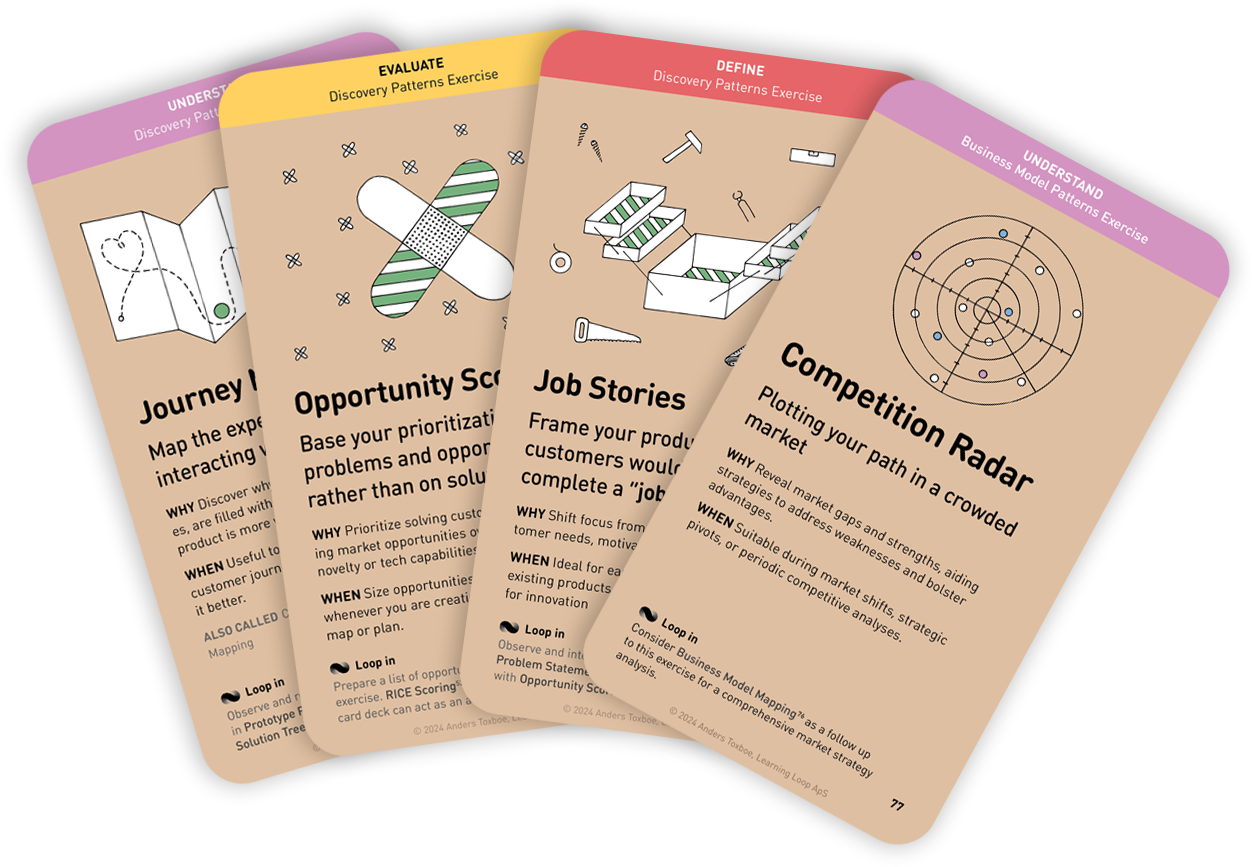
Why: Focus on high-impact, feasible behaviors to chart the most viable path for behavior change
When: Apply to select target behaviors for interventions, particularly with limited resources
Focus Mapping, developed by B.J. Fogg, is an exercise to identify what he calls the “Golden Behaviors” for habit change; those that are highly effective (have high impact) in reaching the user’s aspiration and they can easily get themselves to do (are feasible). Conceived as a two-dimensional grid, Focus Mapping plots behaviors based on their impact (Y-axis) and feasibility (X-axis). Feasibility often correlates with ability – the easier a task is to do, the more feasible it becomes. Impact, on the other hand, measures how much the behavior aligns with a user’s goals and desires – essentially, what they “feel like and want.”
The exercise asks participants to plot behaviors on a grid based on its feasibility and impact. The behaviors that fall in the upper-right quadrant, high impact and high feasibility, are the low-hanging fruits. These are the behaviors you should prioritize as they are both desirable and easy to accomplish.
For behaviors that are impactful but less feasible, consider how the design can make them easier to perform. For instance, if the desired behavior is to get users to set up a complex profile, could the process be broken down into smaller tasks that are prompted over time?
Instructions for running this play
- State the behavioral product aspiration
Draw a cloud on a whiteboard and write the product’s user aspiration inside. Example: “Encourage better sleep habits”. - List behaviors
Write 10 or more behaviors on separate sticky notes that would lead users to their aspiration. Use Magic Wanding for this. - Impact mapping
Draw a vertical line on the middle of the surface to illustrate the “impact” dimension and sort the sticky notes up (behavior is highly effective in reaching aspiration) and down (less effective). - Feasibility mapping
Draw a horizontal line on the middle of the surface to form a 2x2 grid. Sort the sticky notes left (hard to do) or right (easy to do). Be realistic. - Identify golden behaviors
The behaviors that are both impactful and easy to do are the golden behaviors. - Prototype ways to make your golden behaviors a reality.
A collection of workshop exercises that will help you ditch dull meetings and facilitate with confidence. It will help you master the design process and have more productive time with your team. The card deck will be ready for purchase in the end of 2026 and is now undergoing rigorous testing.
Reserve your deck!- Tiny Habits by BJ Fogg

